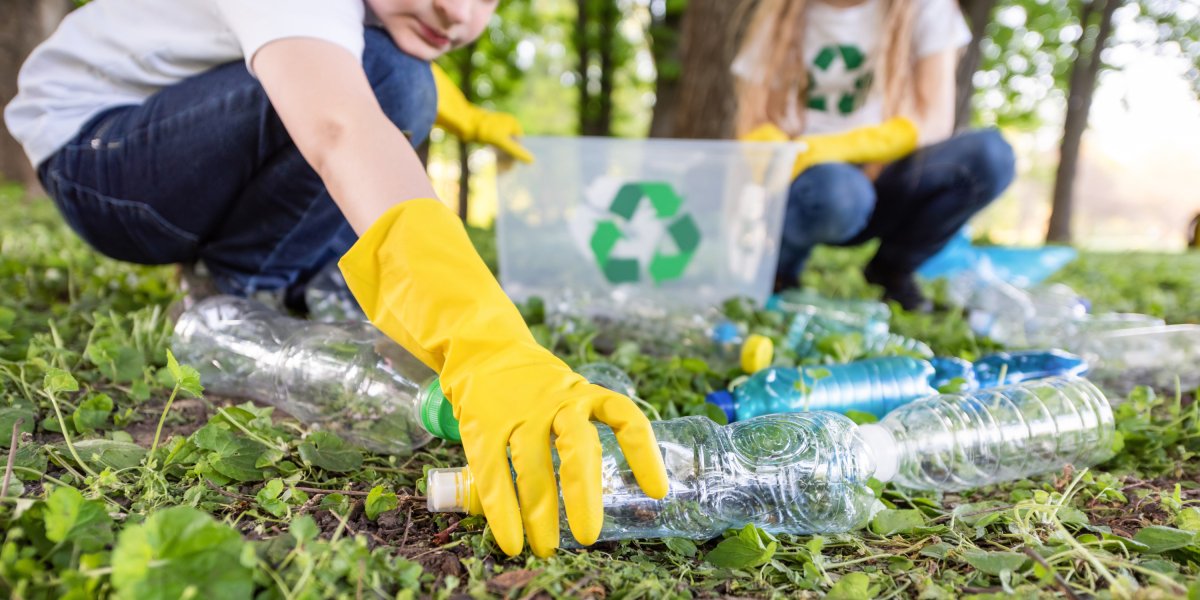
What’s Recycling?
The question posed might seem irrelevant due to the constant reiteration of the phrase ‘Reuse, Reduce, Recycle’ over and over across cultures. From symbols on garbage bins and trash bags to boards and posters all over the world, awareness of the need is prevalent everywhere. The process of converting waste materials, produced from various sources, to use new materials is called recycling. While the overall usage of said the new material is a major driving force behind the process, the more positive effect is its role in cleaning the environment. Major methods of waste management have historically been incineration, landfilling or straight-up composting of biodegradable waste. While composting has been forever used to enrich the soil and improve the nutrient quality of the land, incineration and landfilling have caused a major spike in land pollution and air pollution. With global pollution levels on the rise, recycling has become the lone warrior in this fight against eminent danger.
Recycling has been a fad for several sections of history. In wartime Europe, salvaging was promoted by militaries to support the war efforts. Metal, paper, rubber, glass and rags were collected by communities as a patriotic duty and were sent to the frontlines and factories to be used for the war. In the early 2000s, with the rise of the digital age, e-waste was a major contributor to the rise in pollution. Landfills were filled with toxic e-waste that was hardly recycled and became a source of income to many salvagers in developing countries.

How Recycling happen?
Methods of recycling are as ancient as waste itself. Early archaeological evidence suggests several artefacts found in sites were made of recycled materials and have since been identified as some of the earliest instances of recycling. In modern times, scrap metal was often re-smelted to make new metal products. Due to its history, the methods of recycling have evolved into several different styles to produce a range of new materials. Through a plethora of means, materials are collected and then sent to various recycling facilities that reproduce them and make them into something useful.
One of the major methods of recycling begins with collection points and has many ways of being collected. From curbside collections, and buy-back centres to drop-off centres, collections are set up in various ways throughout the world. Scrap dealers and government agencies collect these materials and sort them to be recycled. Plastics are often recycled into new materials, while harder compounds like metal are resmelted to make metal products. Rare-earth materials and precious metals, often found in e-waste, are sought after and often carefully collected to be reused. In India, we have scrap dealers who ensure that recyclable products are bought and sold to be used and recycled for use.

Benefits of Recycling
Since time immemorial, recycling has been a method of waste management for humans. While the benefits of recycling are the primary reasons for the actions taken, the role it plays in reducing the stress on the growing population is immense. Recycling reduces the amount of waste being generated and deposited in landfills and takes the pressure off of communities to find ways to control their waste production. Waste management, through its various polluting ways, is a major source of greenhouse gases and affects the atmosphere of the region and of the globe as a whole.
Moreover, recycling reduces the impact of waste on other aspects of nature, such as the reduction in deforestation and pollution of the seas. The greenhouse gases that are produced due to the burning of waste and processing it can be drastically cut down due to the recycling of certain harmful waste such as plastics and paper. Ecosystems and wildlife spaces, that often come in contact with human waste, are decimated due to their adverse effects and recycling is an effective means to cut down on the damage it can cause. While these create a safer Earth to live in, recycling is an industry that creates a number of jobs that would otherwise be non-existent.

Creativity with Recycling
Indian small-scale industries have been at the forefront of the recycling industry for years. Without access to expensive but first-grade raw materials, entrepreneurs have taken up the task of finding ways to make their skills useful, using the innumerable, so-called “waste” materials available. From upcycled clothes to recycled plastic and metal, different materials have been repurposed and made into useful new products. Waste from agricultural outputs has been made into several household aspects. Furthermore, discarded garbage is put through the creative process of these wonderful artists and made into masterpieces of modern art. Several artists take up this task of cleaning up the city while producing outstanding products and art installations that are often coveted for their expression and style.

